#crown jewels
Text
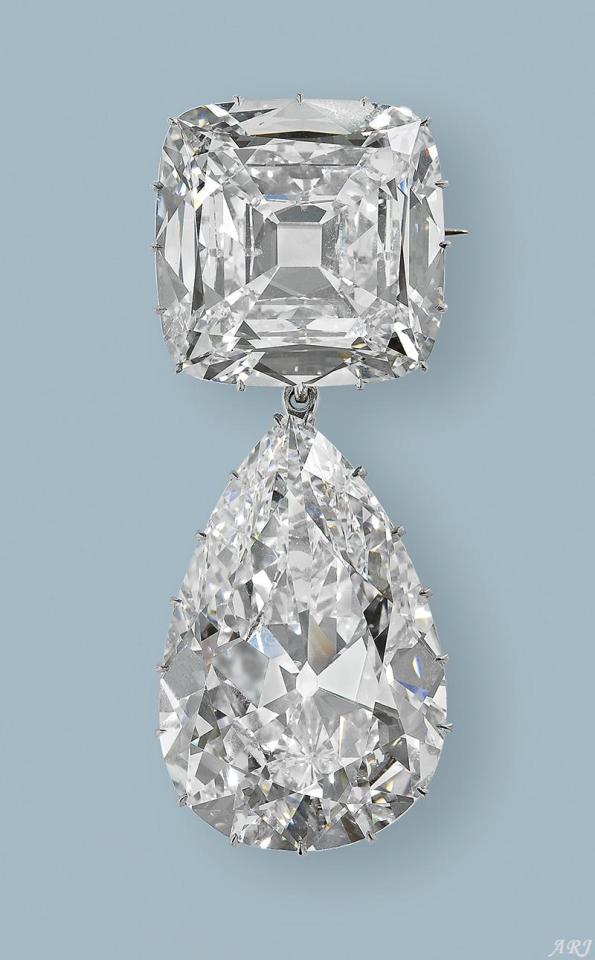
Cullinan III and IV - two famous diamonds belonging to the British Crown Jewels and weighing a total of 158cts. Affectionately known as ‘Granny’s Chips’.
153 notes
·
View notes
Photo

Kim Kassas Couture | Bridal Spring 2024
Collection: Crown Jewels
Gown: Alexandra
#Kim Kassas Couture#Crown Jewels#ss24#2024#spring#spring 2024#bridal#wedding#dress#wedding-affair#gown#bridal dress#bridal gown#fashion#bridal fashion#mariage
282 notes
·
View notes
Text
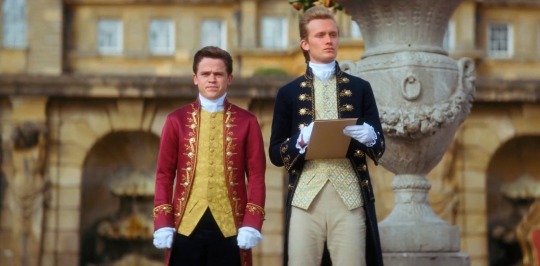

I love these two so much 😍😍
#queen charlotte a bridgerton story#qcabs#qcabsedit#qcabs s1#qcabs spoilers#brimsley#Reynolds#brimsley and reynolds#reynolds and brimsley#brimsley x reynolds#reynolds x brimsley#1x06#Crown Jewels
517 notes
·
View notes
Text
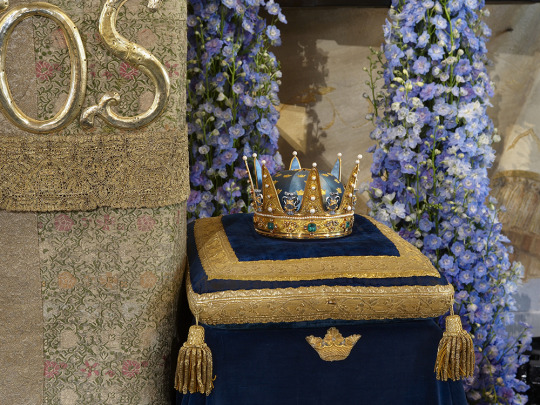

Prince Daniel's Crown
Prince Wilhelm's Crown, made by C. G. Hallbergs Guldsmeds AB in 1902, is the crown of Prince Daniel. Little Prince Oscar shares the crown with his father. This is the most recent addition to the Royal House's collection of crowns and, therefore, the most recent addition to Sweden's state regalia.
Photos: The Royal Court of Sweden
#swedish royal family#prince daniel#prince oscar#prince wilhelm#swedish crowns#swedish royalty#swedish history#crown#crowns#crown jewels
63 notes
·
View notes
Text
Queen Camilla's Consort Crown

It has been announced that Queen Camilla will wear Queen Mary's Crown for the coronation on May 6th. I was expecting her to wear Queen Elizabeth, the Queen Mother's Crown so this was a surprise.
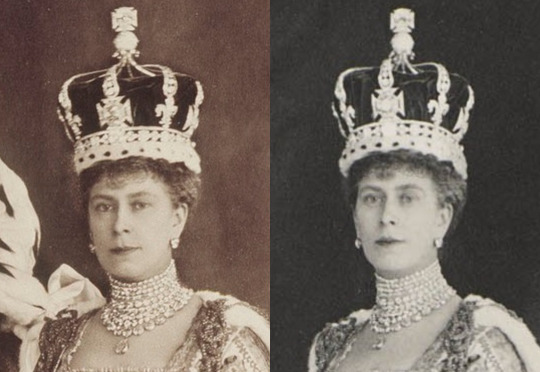
The crown was made by Garrard in 1911 using brilliant and rose cut diamonds set in silver and gold. You can see in the picture at the top that the three largest diamonds have been replaced with rock crystal/quartz replicas. The original diamonds were removed so that they could be worn in other jewelry which is normal for British consort crowns.
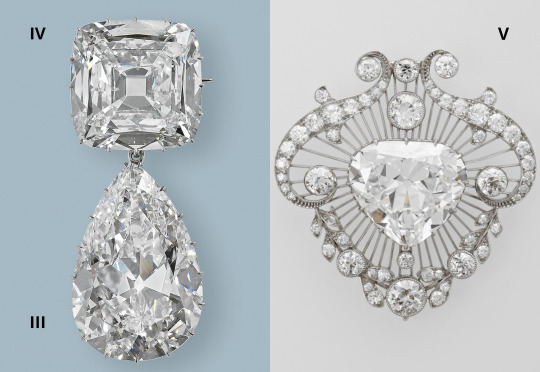
For Queen Camilla the Cullinan III and IV are being put back in the crown but not the Koh-i-Noor. I let you read about the Koh-i-Noor diamond on your own. I think this is a very smart choice and it's not the first time the center of this crown has been set with another diamond.
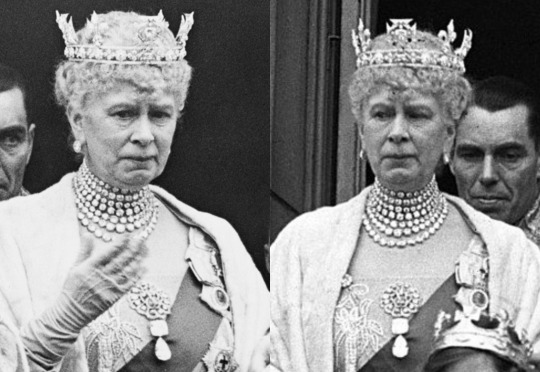
For the coronation of King George VI in 1937, Queen Mary wore the the crown without the arches or the cap and with the Cullinan V in the center since the Koh-i-Noor was being used in Queen Elizabeth's crown. These are the clearest photos I could find but you can see that the whole brooch is used because the diamond does not take up the full space of the center cross and there are smaller diamonds on the sides. I'm not sure which stone she is wearing in the center of the band since she's wearing the Cullinan IV as a brooch. Edit: @gloriouszipperskeletonshoe has the answer. They temporarily put one of the diamonds from Queen Victoria's Regal Circlet in the band. The Regal Circlet was being dismantled anyway so the diamonds could be used in Queen Elizabeth's crown.

The eight arches are detachable and only four of them will be used this time. I'm guessing it's so that the crown is more in line with St. Edward's Crown and the Imperial State Crown which both only have four. All of the changes being made are options already available for the crown, it just hasn't been worn in this exact configuration before.
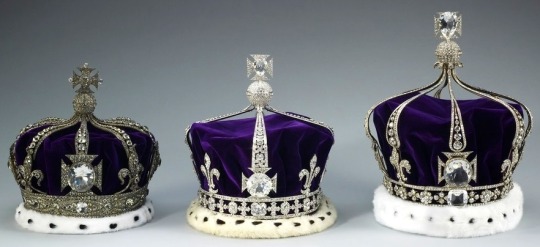
Above are the crowns of Queen Alexandra, Queen Elizabeth, and Queen Mary. The only usable options are Elizabeth's and Mary's because all previous consort crowns (Mary of Modena, Adelaide, and Alexandra) have had all of the gemstones removed and some of them have been reset with rock crystal or glass stones. The last four queens consort have had new crowns made for them and this is the first time a consort crown has been reused since 1727. The Crown Jewels by Anna Keay is the best book on the subject if you are interested.
#Queen Camilla#British Coronation#United Kingdom#British Royal Family#Tiara Talk#crown#Queen Mary#diamond#Garrard#non tiara#crowns#crown jewels#cullinan diamond#gloriouszipperskeletonshoe
215 notes
·
View notes
Text

Crown of Queen Elizabeth ♕ British Crown Jewels
65 notes
·
View notes
Text
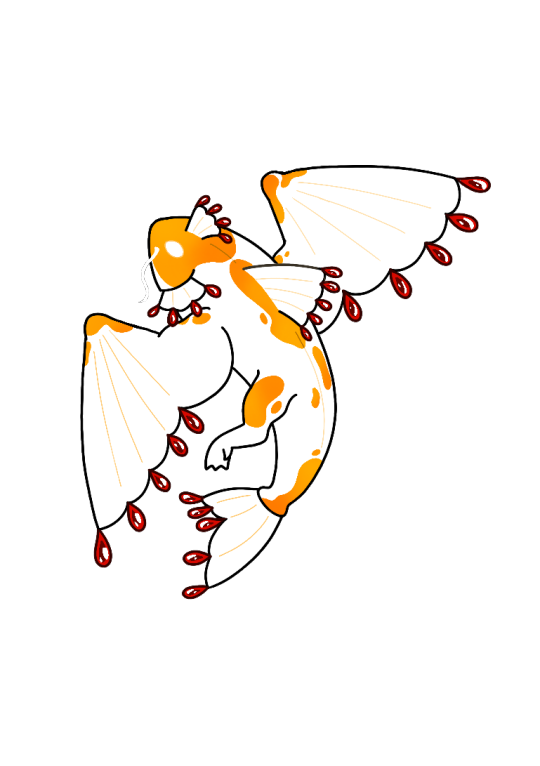
Chonky fish
#he ate too many frogs#monster hunter#crown jewels#plesioth#Crownjewel plesioth#chonky#koi fish#fish wyvern
82 notes
·
View notes
Text

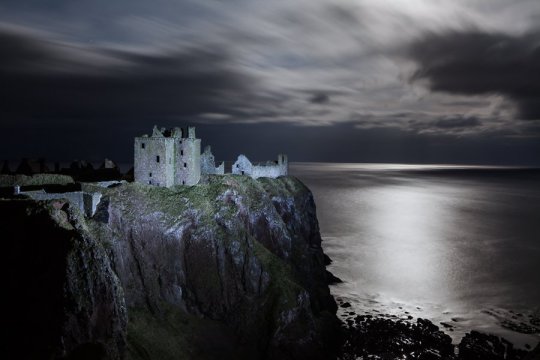


31st March 1652 saw the Honours of Scotland saved from Cromwell's forces at Dunnottar Castle.
In 1651, during Cromwell’s occupation of Scotland after his victory at Dunbar in 1650, our crown jewels The Honours of Scotland were spirited from there and used at the coronation at Scone of Charles II as King of Scots. From there they were taken for safekeeping to Dunnottar Castle. It was on March 31st when Cromwell’s troops laid siege to the castle this story happened.
The Honours of Scotland were made up of the crown, the sceptre, and the sword of state. The gold crown, decorated with gems and pearls, was made from Scottish gold, and the sceptre was a gift from Pope Alexander VI to James IV, while the sword was also a papal gift to James IV, presented by Pope Julius II. The regalia were used for the coronation of Scottish monarchs from Mary Queen of Scots in 1543 until Charles II in 1651.
The story began in 1651, following the crowning of Charles II at Scone, in Perthshire. 38 kings of Scots had been inaugurated and crowned at Scone, on top of Moot Hill, but Charles II was to be the last. Oliver Cromwell’s army by this time were marching through the Lothians, near Edinburgh, and were intent on capturing the crown jewels and destroying them, just as they had done to the English crown jewels.
The Honours and some Royal papers were brought to Dunnottar Castle for safe keeping by Katherine Drummond, hidden in sacks of wool. Sir George Ogilvie of Barras was appointed lieutenant-governor of the castle, and given responsibility for its defence. By November 1651, they were being besieged by Cromwell’s army and it was obvious to the small garrison that the castle would be captured sooner or later.
Elizabeth Douglas, wife of Sir George Ogilvie, and Christian Fletcher, wife of James Granger, minister of Kinneff Parish Church hatched a plan that saved the royal regalia. Firstly, the king's papers were removed from the castle by Anne Lindsay, a kinswoman of Elizabeth Douglas, who walked through the besieging force with the papers sewn into her clothes. Then over the course of three visits to the castle, Christian Fletcher carried away the crown, sceptre, sword and sword-case hidden amongst sacks of goods. Fletcher and her husband then buried them under the floor of Kinneff Parish Church.
For eight years the Honours were kept at the church in secret, with Cromwell scouring the country and believing the rumours that the jewels may have been smuggled abroad. Once every three months the Regalia were dug up at night to be aired before a fire and preserved from damp and injury. Wrapped in fresh cloths, they were buried again.
At last, during the Restoration of Charles II in 1660, the honours were removed from Kinneff Church and returned to the king. Christian Fletcher was awarded 2,000 merks by Parliament as a reward for saving the Honours. Parliament noted that the award was “because she was most active in conveying the royal honours…out of the castle…and that by her care the same was hid and preserved.” However, the sum was never paid!
11 notes
·
View notes
Text
From the mysterious disappearance of the Crown Jewels of Ireland to the controversial looting of the Baghdad Museum, these 10 tragic thefts have become iconic examples of the challenges faced in preserving our historical legacy.
#crown jewels#Rosetta Stone#hieroglyphs#privateer#Elgin marbles#plunder#looting#ancient#history#ancient origins
29 notes
·
View notes
Text
Watching the queen sitting for a painting with all her children makes me want to see a scene in the last season of Bridgerton where Violet sits for a painting featuring all of her children and spouses.
Just imagine the snarky comments the siblings throw at one another, grumbling at how long they’ve been sat, that they’re too hot etc.
37 notes
·
View notes
Text
Today is The King’s first State Opening of Parliament as Sovereign.
His Majesty will wear the Imperial State Crown, which is traditionally worn by the monarch for ceremonial occasions such as this. You might also recognise it from the Coronation in May.
7 November 2023
—
The Imperial State Crown is one of the Crown Jewels of the United Kingdom and symbolises the sovereignty of the British monarch.
It has existed in various forms since the 15th century.
The 1937 version is worn by a new monarch for the first time in the royal procession following their coronation (having been crowned with St Edward's Crown during the ceremony) and subsequently used at State Openings of Parliament.
The crown is adorned with 2,901 precious stones, including the Cullinan II diamond, St Edward's Sapphire, the Stuart Sapphire, and the Black Prince's Ruby (a spinel).
#King Charles III#HMTK#His Majesty The King#British Royal Family#State Opening of Parliament#Imperial State Crown#Royal Collection Trust#Crown Jewels#State Opening of Parliament 2023#Cullinan II diamond#St Edward's Sapphire#Stuart Sapphire#Black Prince's Ruby
14 notes
·
View notes
Photo

Kim Kassas Couture | Bridal Spring 2024
Collection: Crown Jewels
Gown: Isabelle
#Kim Kassas Couture#Crown Jewels#ss24#2024#spring#spring 2024#bridal#wedding#dress#wedding-affair#gown#bridal dress#bridal gown#fashion#bridal fashion#mariage
392 notes
·
View notes
Text
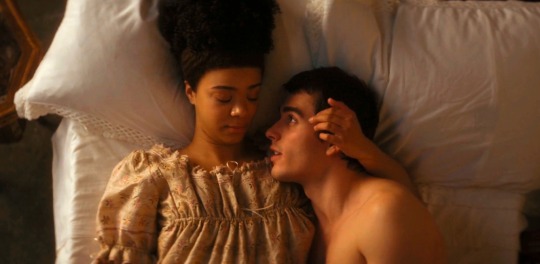


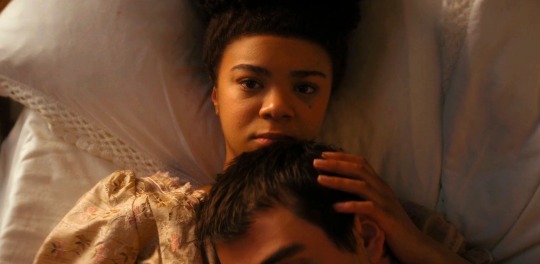
This scene is so pure. I love it 💛
#queen charlotte a bridgerton story#qcabs#qcabsedit#qcabs s1#qcabs spoilers#queen charlotte#king george iii#george x charlotte#charlotte x george#charlotte and george#george and charlotte#1x06#Crown Jewels
312 notes
·
View notes
Text
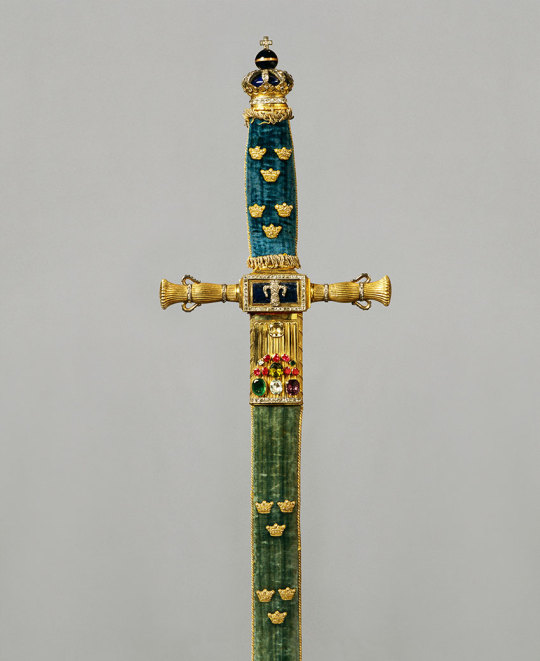
The Crown Prince's Sword
This sword was presented to the Treasury in 1810 by King Karl XIII to be used as a crown prince's sword. The signed blade was taken from a rapier King Gustav II Adolf commissioned in The Hague in 1620.
Made: The blade is signed by Arnoldt Bracht.
Material: Hilt and scabbard made from gold-plated silver, richly set with precious stones. The scabbard and the grip, which are covered in blue velvet with embroidered open crowns, were made by Christoffer Sergel.
Photo: The Royal Palaces
#swedish royal family#crown jewels#artefacts#king karl xiii#king gustav ii adolf#royal history#swedish history#swedish royalty
32 notes
·
View notes
Text
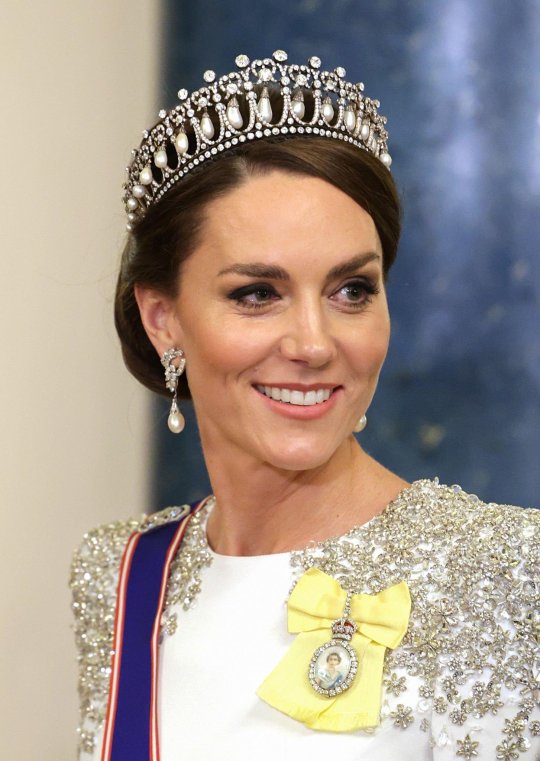
TIARA ALERT: The Princess of Wales wore Queen Mary's Lovers Knot Tiara for the banquet during the state visit from South Africa at Buckingham Palace on 22 November 2022.
#Tiara Alert#Princess of Wales#United Kingdom#British Royal Family#tiara#tiaras#diadem#diadems#royal tiaras#jewels#royal jewels#royal#royaltyedit#royals#royalty#jewellery#jewelry#crown#crowns#crown jewels
186 notes
·
View notes
Text

Coronation Ring ♕ Crown Jewels of Britain
54 notes
·
View notes